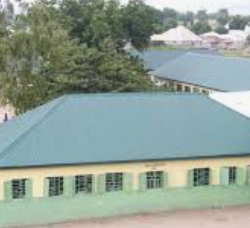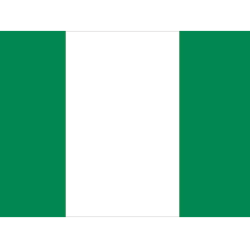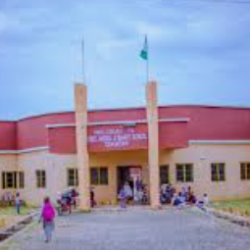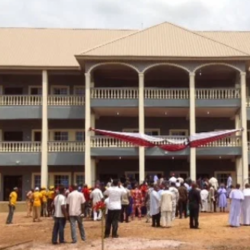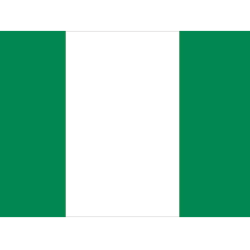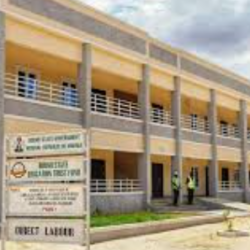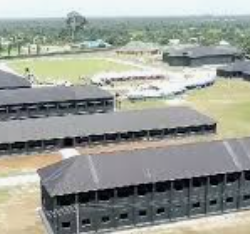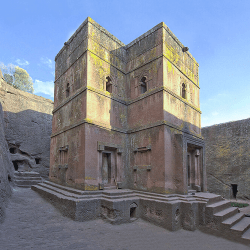The following is a list of rulers of Kano, a city in northern Nigeria.
Kano was a Hausa Kingdom but later conquered by Fulani’s Usman dan Fodio in 1805, who installed a Fulani Emir of Kano in place of the Hausa king.
Hausa Rulers
KINGS OF THE KINGDOM OF KANO
- Bagauda (ruled 999-1063)
- Warisi (ruled 1063-1095)
- Gijimasu (ruled 1095-1134)
- Nawata (ruled 1134-1136)
- Yusa (ruled 1136-1194)
- Naguji (ruled 1194-1247)
- Guguwa (ruled 1247-1290)
- Shekarau (ruled 1290-1307)
- Tsamiya (ruled 1307-1343)
- Usman Zamnagawa (ruled 1343-1349)
- Yaji I (ruled 1349-1385)
SULTANS OF KANO, KANO SULTANATE
- Yaji I (ruled 1349-1385)
- Bugaya (ruled 1385-1390)
- Kanajeji (ruled 1390-1410)
- Umaru (ruled 1410-1421)
- Daud (ruled 1421-1438)
- Abdullah Burja (ruled 1438-1452)
- Dakauta (ruled 1452)
- Atuma (ruled 1452)
- Yaqub (ruled 1452-1463)
- Muhammad Rumfa (ruled 1463-1499)
- Abdullah (ruled 1499-1509)
Kanoan Empire
- Muhammad Kisoki (ruled 1509-1565)
- Yakufu (ruled 1565)
- Daud Abasama I (ruled 1565)
- Abu-Bakr Kado (ruled 1565-1573)
- Muhammad Shashere (ruled 1573-1582)
- Muhammad Zaki (ruled 1582-1618)
- Muhammad Nazaki (ruled 1618-1623)
KANO SULTANATE
House of Kutumbi
- Kutumbi (ruled 1623-1648)
- al-Hajj (ruled 1648-1649)
- Shekarau (emir) (ruled 1649-1651)
- Muhammad Kukuna (ruled 1651-1652)
- Soyaki (ruled 1652)
- Muhammad Kukuna (restored) (ruled 1652-1660)
- Bawa (ruled 1660-1670)
- Dadi (ruled 1670-1703)
- Muhammad Sharif (ruled 1703-1731)
- Kumbari (ruled 1731-1743)
- al-Hajj Kabe (ruled 1743-1753)
- Yaji II (ruled 1753-1768)
- Baba Zaki (ruled 1768-1776)
- Daud Abasama II (ruled 1776-1781)
- Muhammad al-Walid (ruled 1781-1805)
Fulani Rulers
EMIRS OF KANO. Kano Emirate, Sokoto Caliphate
Clan of Dambazau
- Suleiman (emir) (ruled 1805-1819)
Clan of Sullubawa
- Ibrahim (ruled 1819-1846)
- Usman I (ruled 1846-1855)
- Abdullah (ruled 1855-1883)
- Mohammed Bello[disambiguation needed] (ruled 1883-1893)
- Mohammed Tukur (ruled 1893-1894)
- Aliyu Babba (ruled 1894-1903)
Emirs of Kano, Kano Province- Protectorate of Northern Nigeria
- Muhammad Abbass (ruled 1903-1919)
- Emirs of Kano, Protectorate of Nigeria
- Usman II (ruled 1919-1926)
- Abdullahi Bayero (ruled 1926-1953)
Emirs of Kano, Kano Province- Government of Northern Nigeria
- Abdullahi Bayero (ruled 1953-1953)
- Muhammadu Sanusi (ruled 1954-1963)
- Muhammad Inuwa (ruled 1963 – he served for 3 months only)
- Ado Bayero (ruled 1963-1967)
Emirs of Kano, Government of the State of Kano, Federal Republic of Nigeria
• Ado Bayero (ruled 1967-2014)
• Sanusi Lamido Sanusi (He crowned on 8th June 2014) as the 14th Emir of Kano. He was later dethroned (removed from the position) by Governor Ganduje. Many people supported Ganduje’s move. Sanusi was accused of involvement in malicious partisan politics.
Ganduje divided the formerly single Kano emirate into several emirates. Having successfully removed Sanusi, he went ahead and installed his choice emirs on the new emirates.
Kano
Kano is a city in northern Nigeria and the capital of Kano State.
It is the second largest city in Nigeria after Lagos, with over four million citizens living within 449 km2 (173 sq mi).


The major inhabitants of the city are the Hausa people.
Centuries ago, Kano was largely cosmopolitan with settled populations of Arab, Berber, Tuareg, Kanuri and Fula and remains so with the Hausa language spoken by many residents.
It is the traditional state of the Dabo dynasty who have ruled as emirs over the city-state since the 19th century.
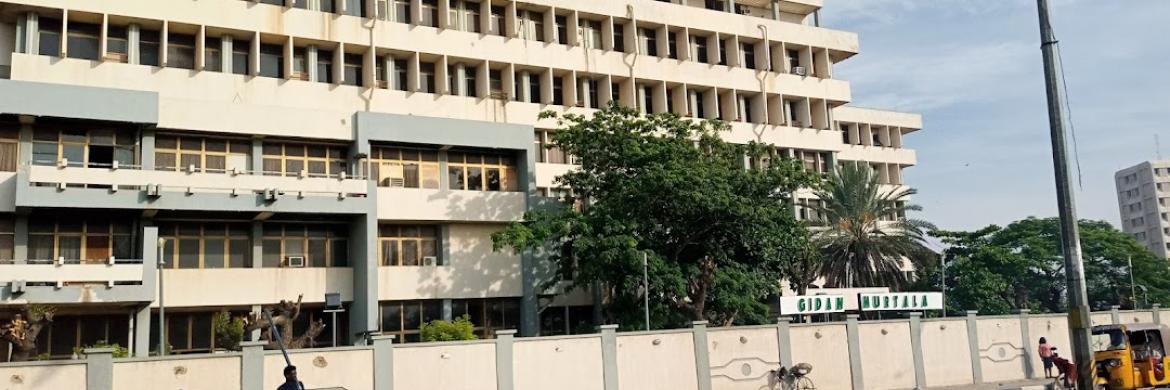
The city is one of the seven medieval Hausa kingdoms.
Located in the Savanna, south of the Sahel, Kano is a major route of the trans-Saharan trade, having been a trade and human settlement for many years.
Prior to the creation of Kano State in 1967, it was the largest Hausa Kingdom in Africa that is currently 1000 years old, based on an ancient settlement around Dala Hill.


According to the Kano Chronicle, Bagauda, a grandson of the mythical hero Bayajidda. became the first king of Kano in 999AD, reigning until 1063AD.
Muhammad Rumfa ascended to the throne in 1463 and reigned until 1499.
During his reign he reformed the city, expanded the Sahelian Gidan Rumfa (Emir’s Palace), and played a role in the further Islamization of the city as he urged prominent residents to convert.
The Hausa state remained independent until the Fulani conquest of 1805.


At the beginning of the 19th century, Fulani Islamic leader Usman dan Fodio led a jihad affecting much of northern Nigeria, leading to the emergence of the Sokoto Caliphate.
Kano became the largest and most prosperous province of the empire.
In March, 1903 after a scanty resistance, the Fort of Kano was captured by the British, It quickly replaced Lokoja as the administrative centre of Northern Nigeria.
It was replaced as the centre of government by Zungeru and later Kaduna and only regained administrative significance with the creation of Kano State following Nigerian independence in 1960.
After independence, Kano state was created in 1967 from the then Northern Nigeria by the Federal military government.
The first military police commissioner, Audu Bako, is credited with building a solid foundation for the progress of a modern society. Most of the social amenities in the state are credited to him.
